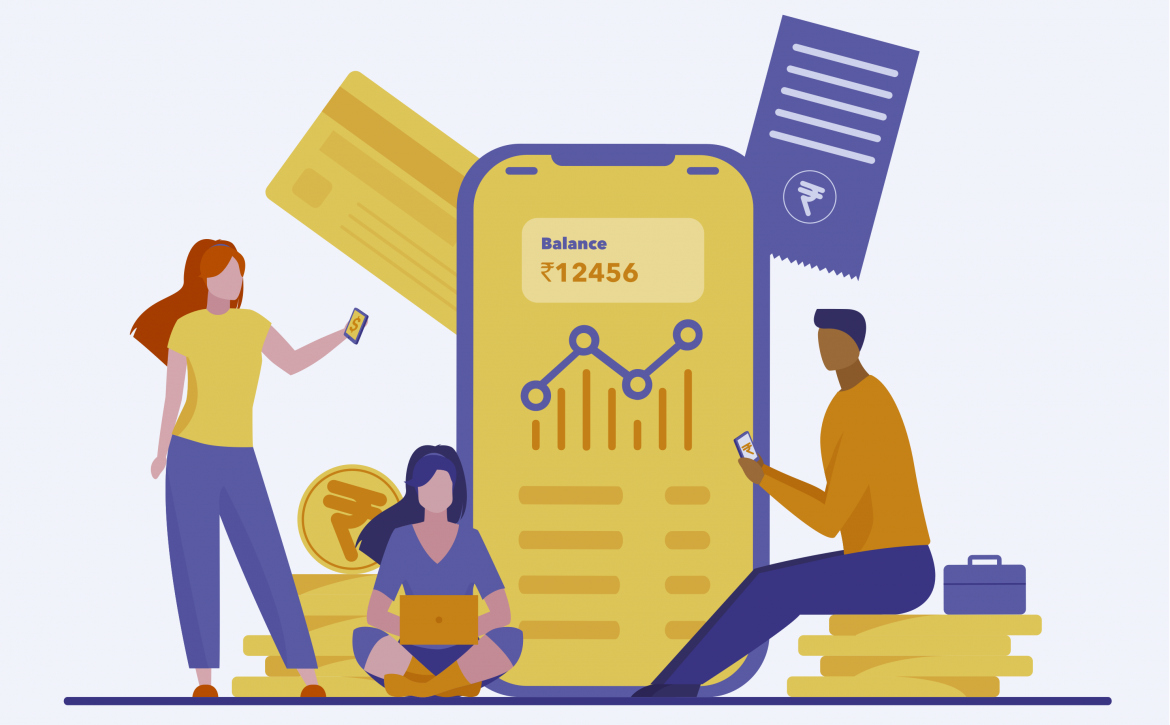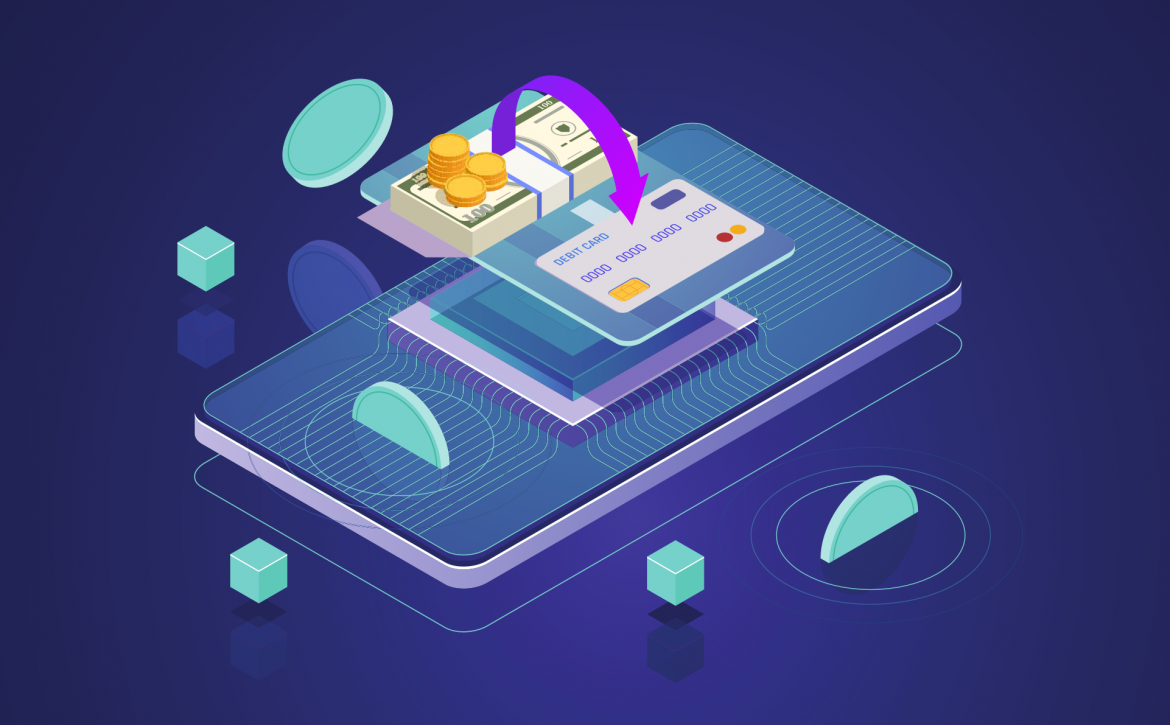Neobanks – Decoding everything about them!
Recently, the word Neobanks have been thrown around quite often. This may have left you wondering many things such as; Why a neobank? Are they real banks? Where is its place in the future? In this article, we have made an attempt to address everything that we think you should know about neobanks. For those who are new to the term ‘Neobanks’, check out this article.
What do Neobanks offer?
The banking sector is built around such rigid compliances, they lag in providing superior customer-centric services. Thanks to neobanks, you can now bank with the same convenience of booking an uber – yes you heard that right – banks have moved into smartphones.
Neobank apps are slick, simple. They are designed to help you understand better& improve your saving and spending habits. Built for the digitally savvy, these apps eliminate the frustration of paperwork and other rigid compliances of a regular bank.
Why Neobanks?
Neobanks have come across as a breath of fresh air in a world where financial services are haphazard and fragmented. How is a neobank better than a regular bank?
- It’s Cheaper: Neobanking products are generally inexpensive carrying low to no maintenance fees.
- Convenient: Everything banking including opening an account can be done at the convenience of your smartphone.
- Quick process: Updated technology allows deposits and loans to process at a lightning speed.
- Loans at better rates: Generally, larger banks don’t offer small loans. But neobanks are changing that by concentrating on small loans too at better interest rates.
- Helpful insights and stats: Neobanks provide timely reports and valuable insights to their customers to help them make better financial decisions.
Are they real banks?
Well, some are while the others aren’t. The neo banking landscape is an amalgamation of non-licensed, over-the-top banks, digital initiatives of traditional banks, and licensed neobanks.
- Over-the-top banks: These are digital-only platforms without their own banking licence. Fintech startups backed by powerful AI technology, partner with the existing traditional banks to form neobanks.
- Licensed banks: Some Fintech startups that started out as an OTT, obtained a virtual banking license from the government later. These are as much as a bank as any traditional bank.
- Digital Banks: Lately, some traditional banks have come up with their own version of digital platforms. They offer 100% digital services to their customers. Although fully digital, these do not classify as neobanks.
In India, pure digital banking has not yet regulated by the RBI. Hence, neobanks have structured themselves in a way to work in partnership with the regular banks (OTT). And aim to provide services built atop traditional bank’s offerings.
The Path Ahead
A study conducted by Bain and Company across 22 countries, found that digital channels are the preferred means of purchasing banking products. And, the share of purchases via such channels rising by 2% to 16% points since 2017. Neobanks are ever-evolving and growing popular each day. As a result, the ease of use and lower costs makes it look like this is where the world of money is headed.






